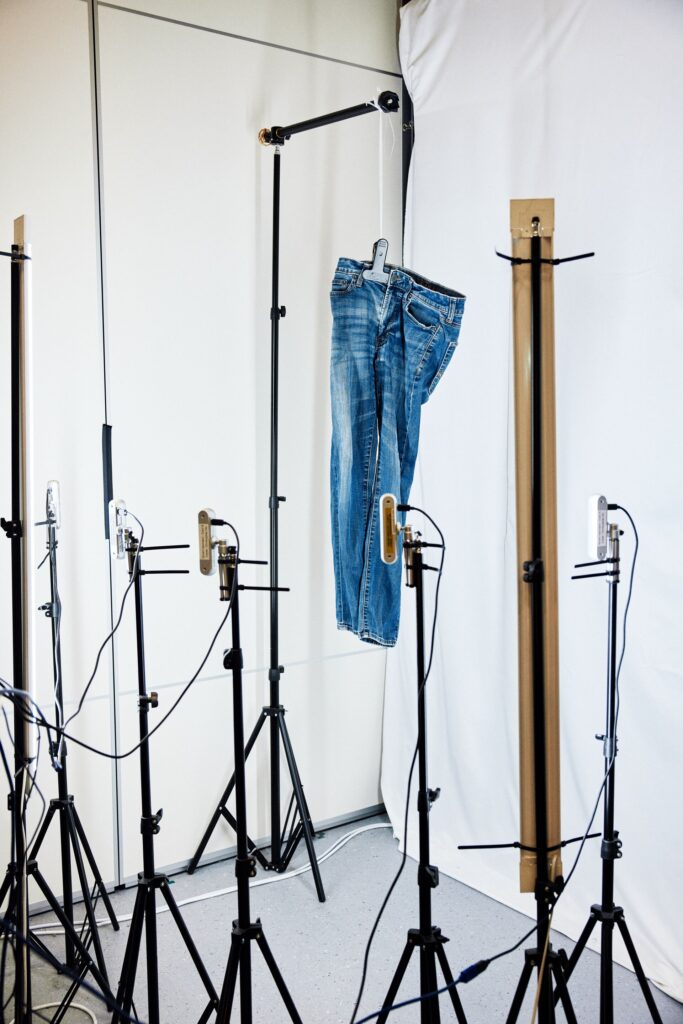

Sorting and identifying textile components in post-consumer waste have long posed challenges due to the complex structure of textile polymers and the intricate weave of fabrics. Each year millions of tonnes of clothes are produced, worn, and thrown away. Every second, the equivalent of a rubbish truck load of clothes is burnt or buried in landfill, reports Ellen MacArthur Foundation.
Recognising the urgent need for better solutions, the HKRITA initiated the Smart Garment Sorting System research project within our overarching programme Planet First. The goal is to reduce garment waste by providing a reliable and efficient method for sorting textile waste stream and lowering operational costs for garment recycling companies.
How it works
Post-consumer garments are collected, fed into the system, and validated through visual technology that can automatically classify garment type, garment composition and garment structure with high accuracy and speed by analysing the visible and hyperspectral spectrum.
So far, we have 150,000 sets of data, ranging from type to construction recognition.
Sorting made by humans generally has an accuracy of 95%. Our aim with this project has been to exceed that number, and the highest accuracy we have achieved so far is 96%.
Industry benefits
- Flexible system that can be customised to suit operators’ needs.
- Automatically analyses and identifies garment types, materials, and fabric structures, enabling operators to make informed decisions about recycling approaches.
- A reduction in the demand for virgin fibers.
- Improved sustainability footprint for fashion brands
- A decrease in post-consumer garments ending up in landfills.
Together with HKRITA, we run a separate project investigating trims removal and sorting, to enable an efficient and seamless recycling process.


